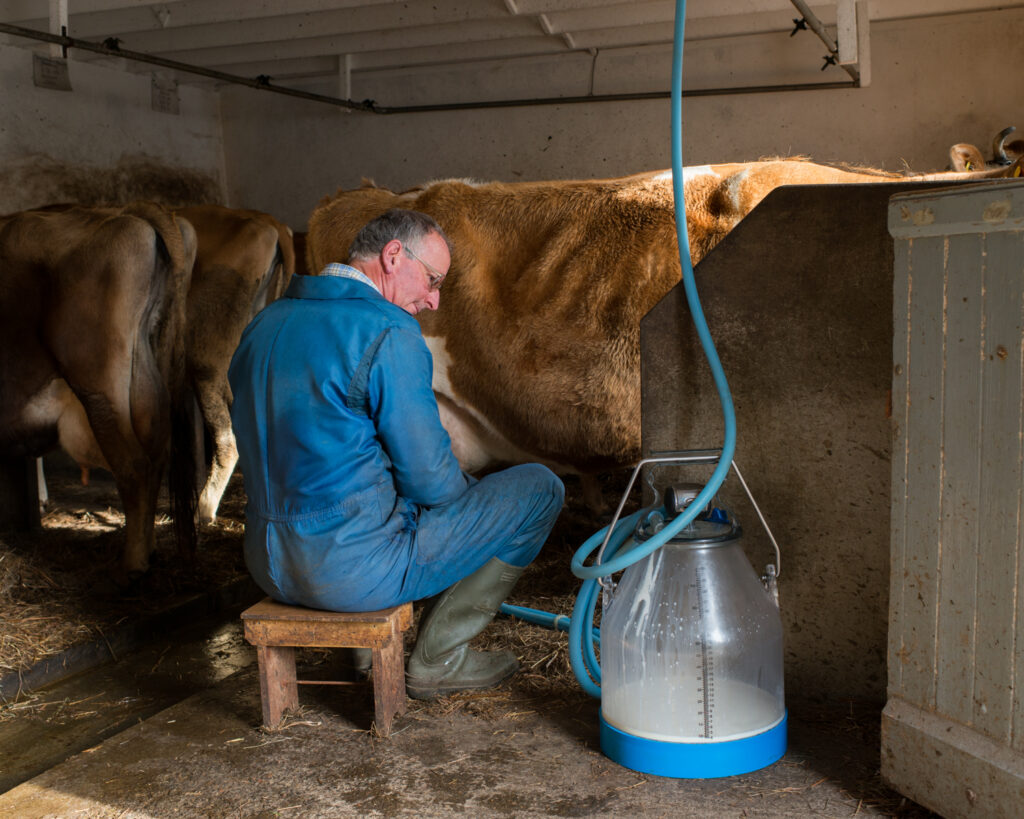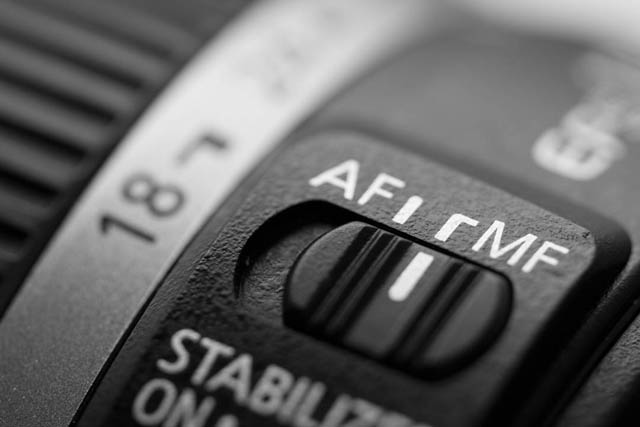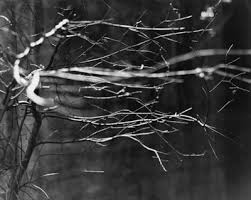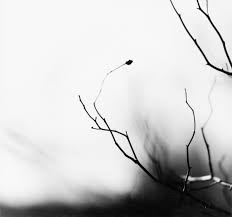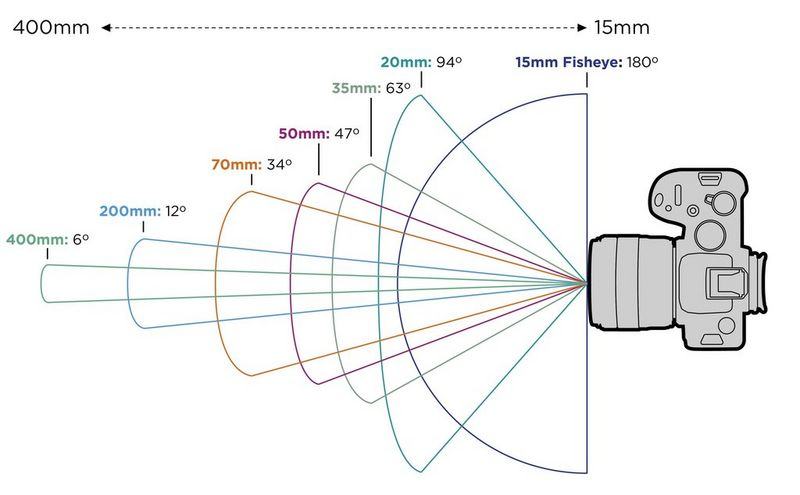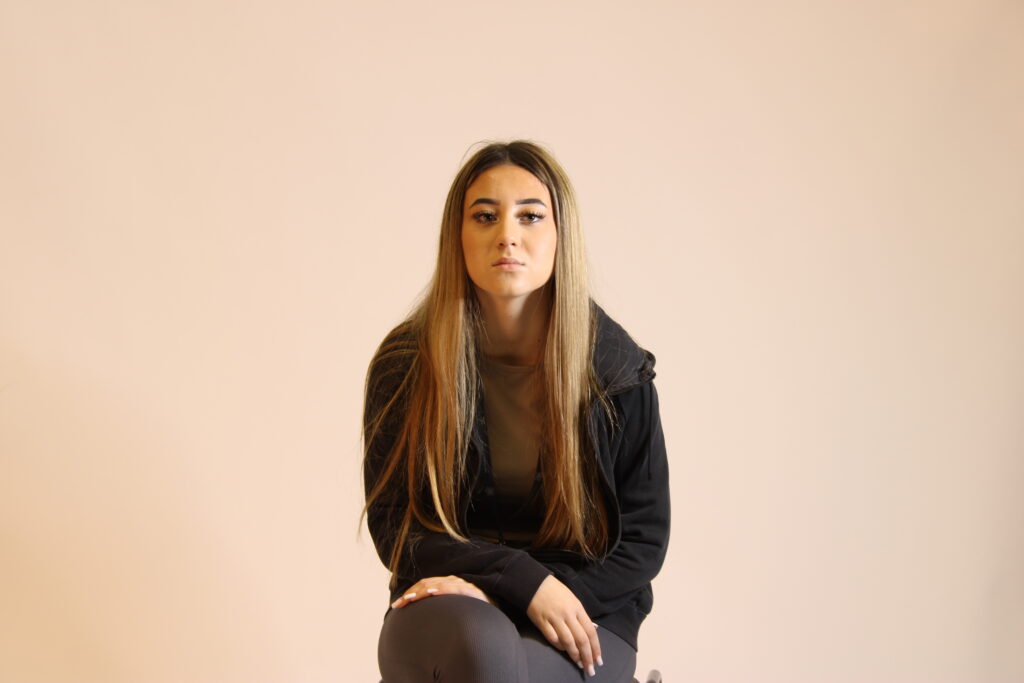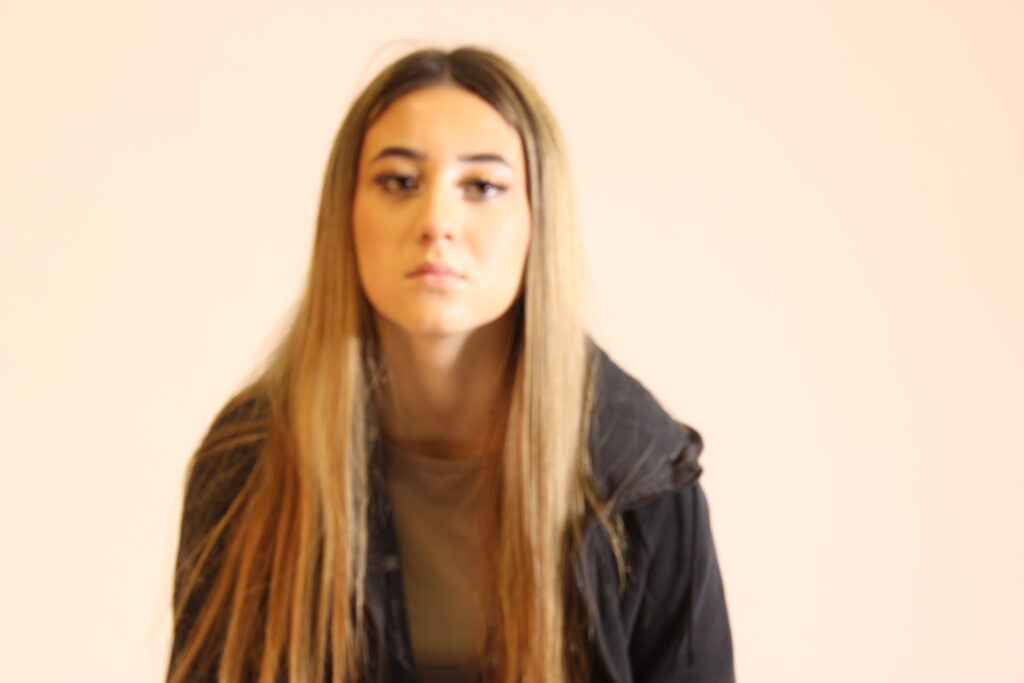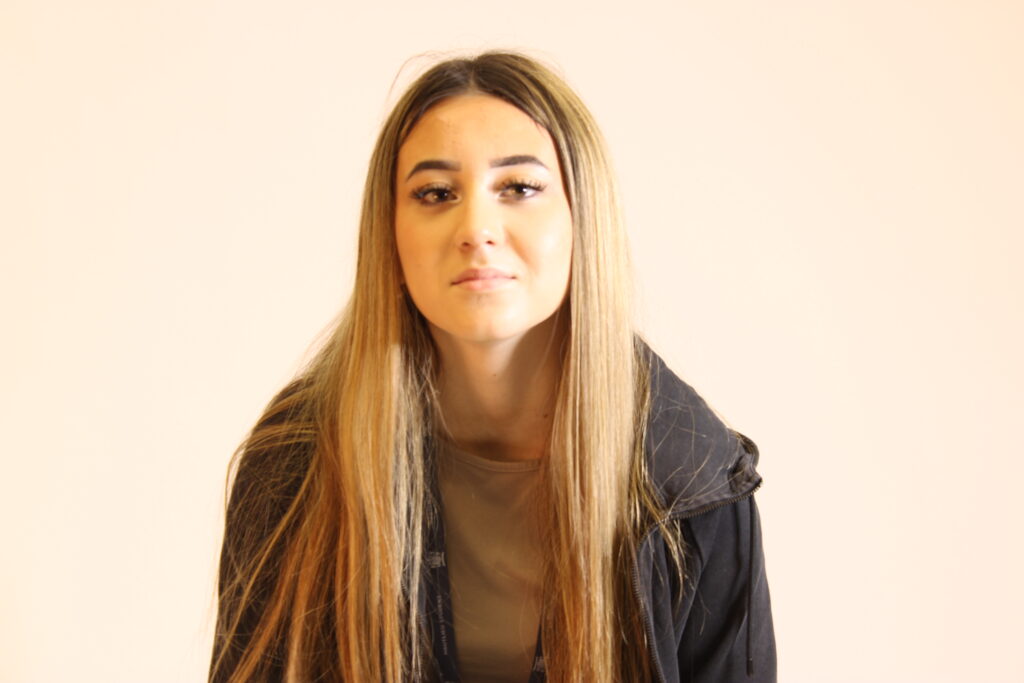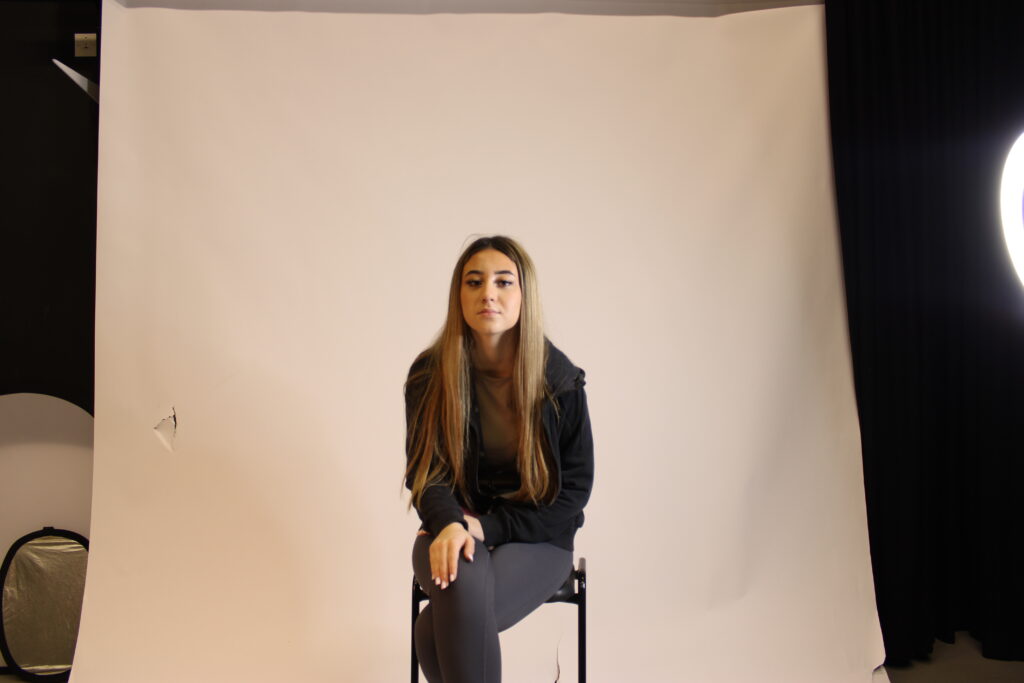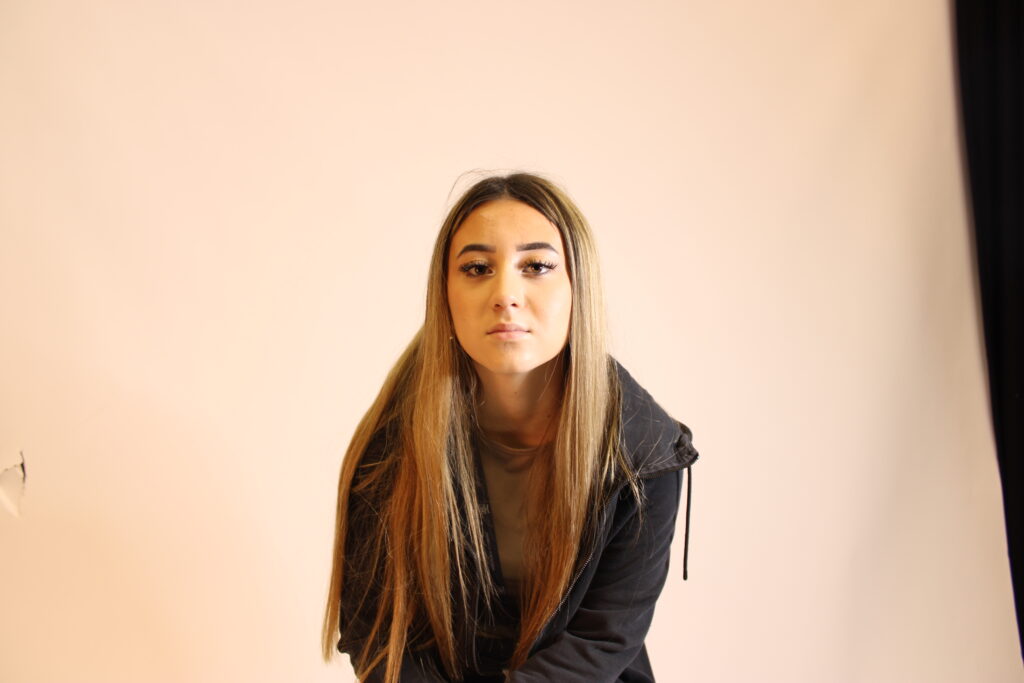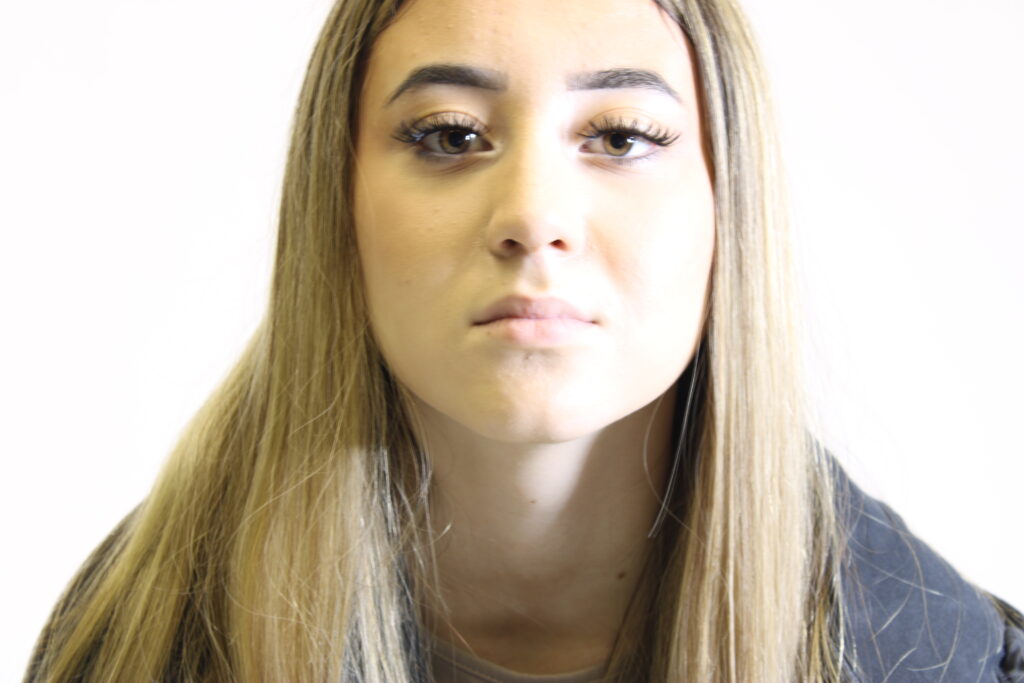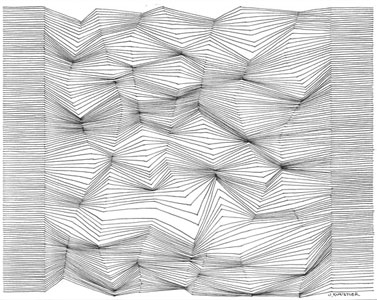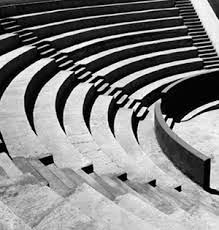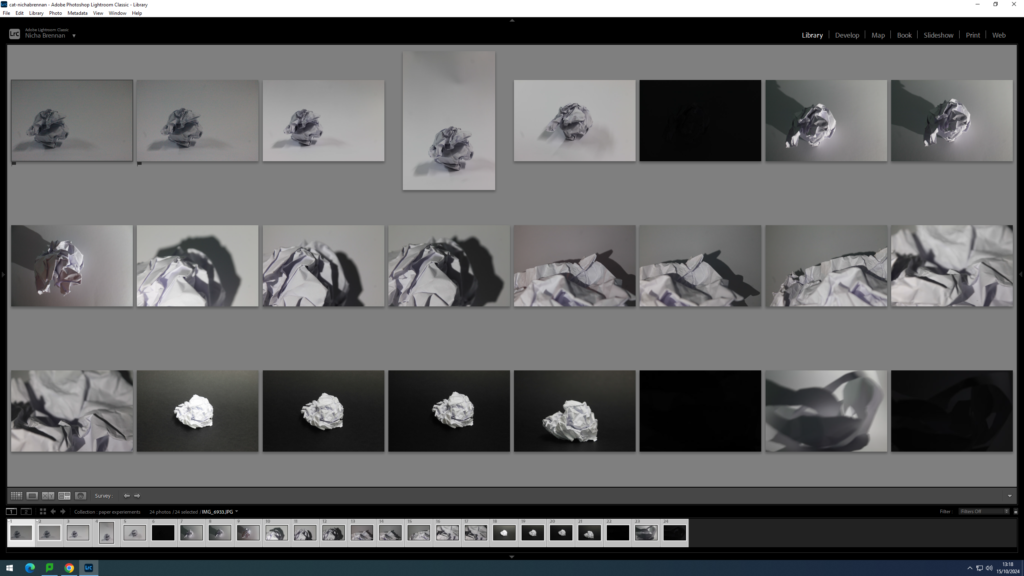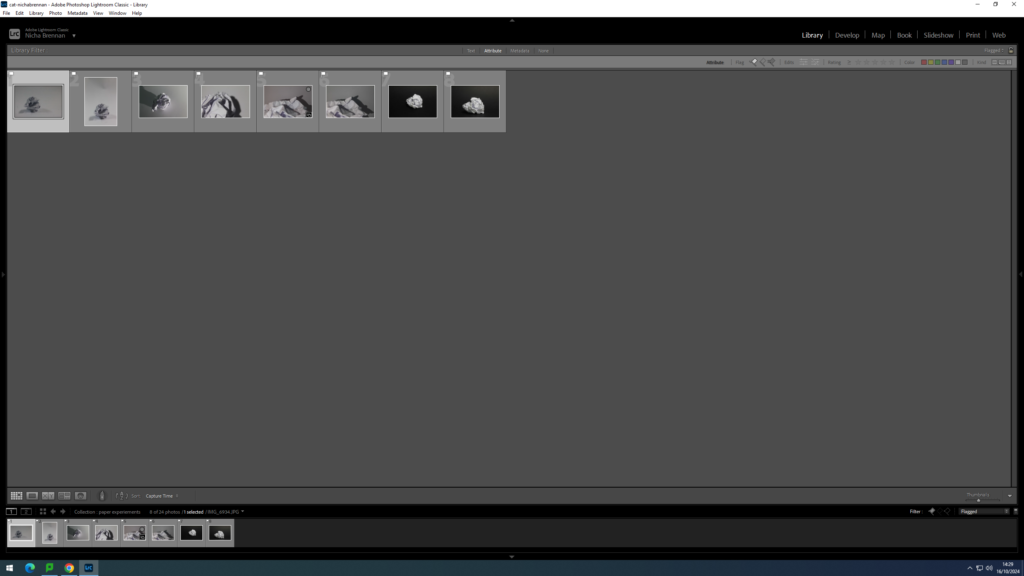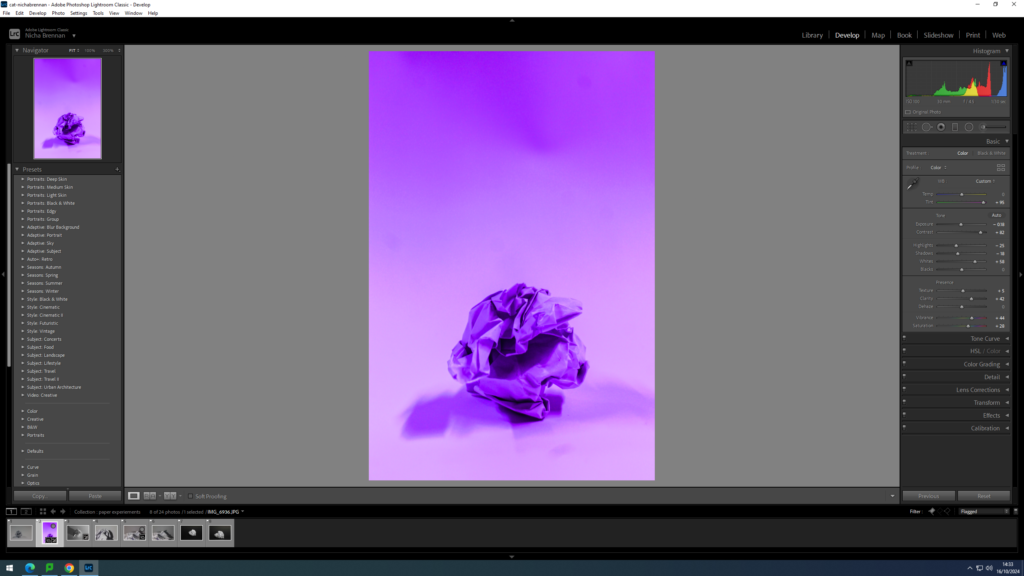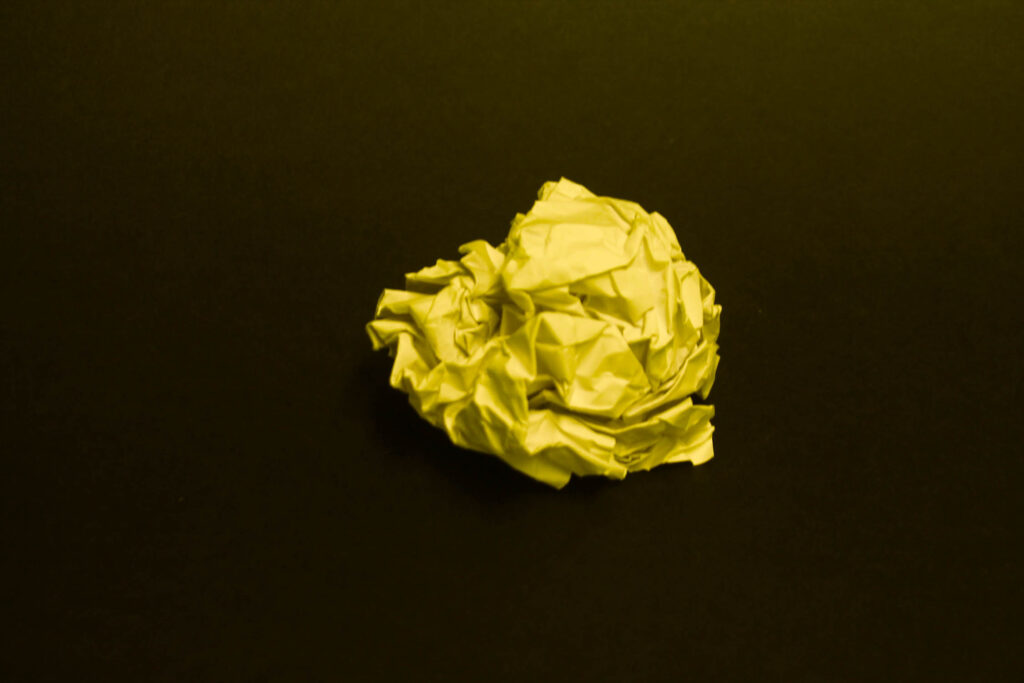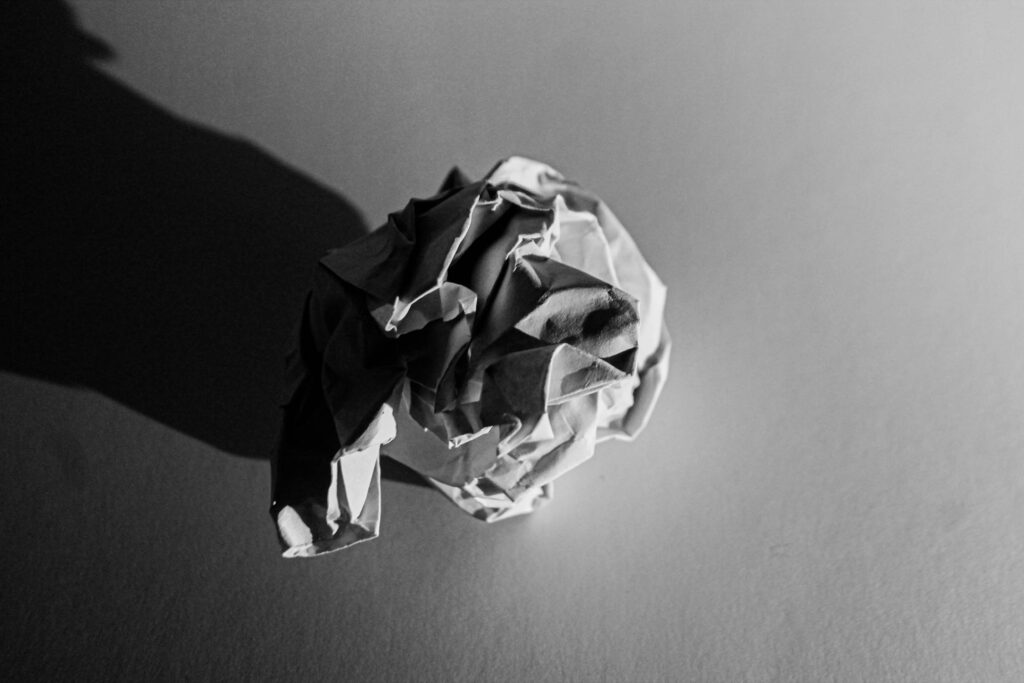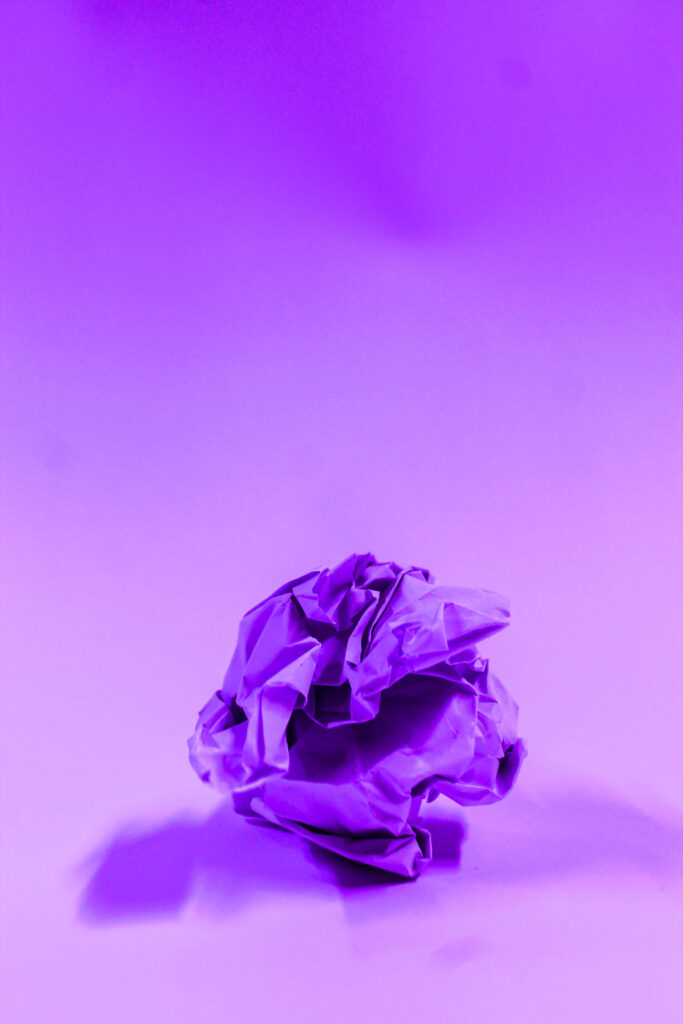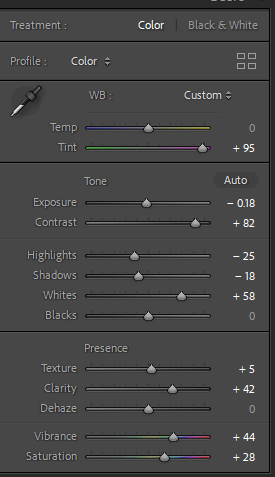Arnold Newman
About Arnold Newman:
Born in 1918, Newman was a pioneer of the environmental portrait based in New York
Arnold Newman is well known for being one of the most important photographers of the 20th century in regards to environmental portraits. His portraits popularized environmental portraiture, telling a story about the subject and in there environment giving us clues into their life and personality, symbolizing the individuals life and work. In 2006 Newman was inducted into the International Photography Hall of Fame and Museum.
His Photography
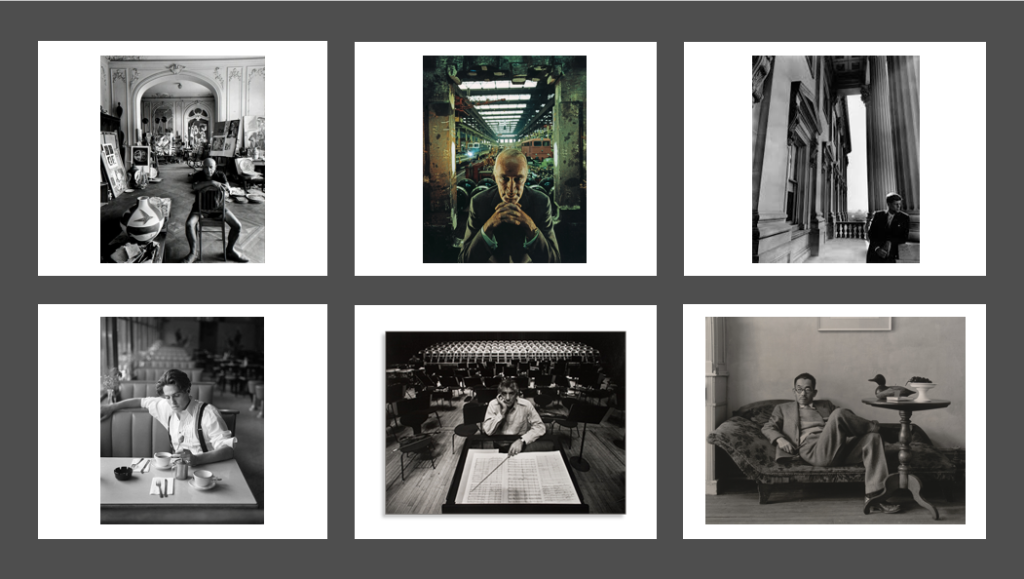
Chosen image
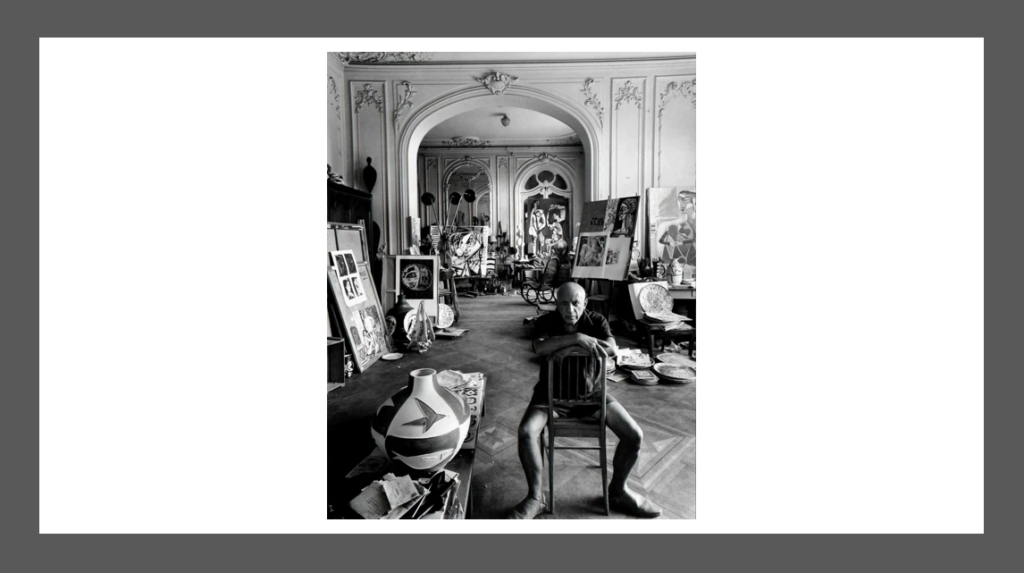
Visual
In this image the main focus is the prominent background however some may argue that even with all of Picassos amazing art and experiments, our eyes are drawn to the artist himself. Picasso is slightly off centre. As he is sitting on his chair backwards, we could assume from this that he is comfortable and relaxed in his place of work and the environment he’s in as the pose and positioning of the man is neutral and nonchalant. The background of this photo is busy, filled with artworks and creations the man has made showing what this man does for a passion and living. The tone of this image is in black and white creating a greater contrast. This gives the photo a serious feel.
Technical
The lighting seems to be natural lighting from windows as the room illuminates from the right side of the image where windows may be although it is hard to tell as the photo is in black and white.
The portrait is framed so that the majority of the studio is visible. This tells us that a wide angle lens was used as a larger range of the scene is in focus. We could also interpret that a mid to small aperture was used such as f/8-f/11. Newman most likely used a wider lens angle as the environment of this portrait is very interesting due to the amounts of artwork and fascinating walls. Also, we are also able to predict that Newman either used a tripod or used a fast shutter speed as this photo has no movement or blurriness but is instead is still.
Contextual
In 1956 Newman travelled to Cannes to photograph Pablo Picasso in his studio (which Pablo recently moved into the previous year) capturing all of Picassos original pieces in the place it was created, which is what gave the image its striking background. Newman shooting these photos in Picasso’s studio shows us into the artists world.
August Sander and Typologies
About August Sander:
His Photography
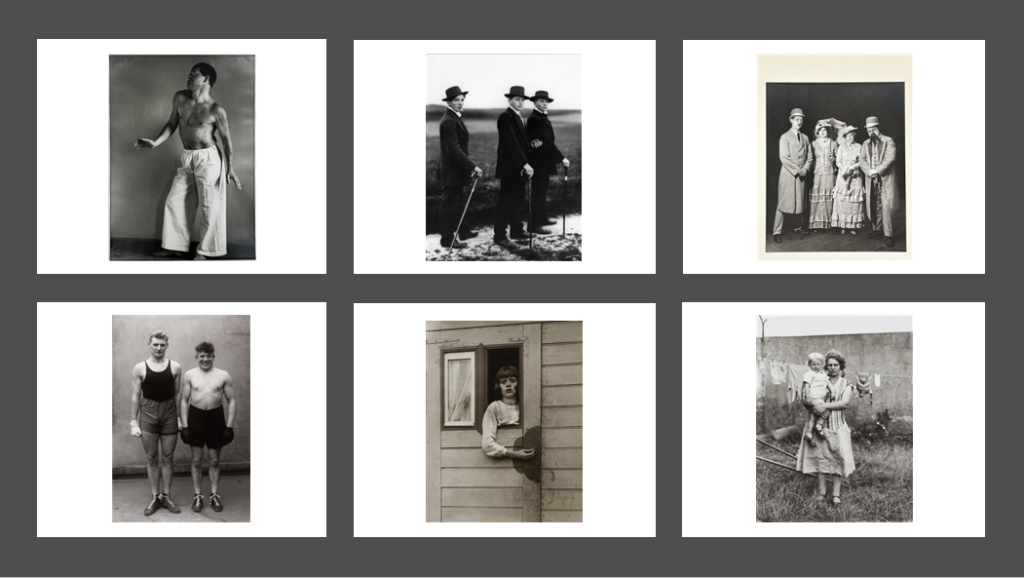
Chosen Image
Title: Young Farmers 1914
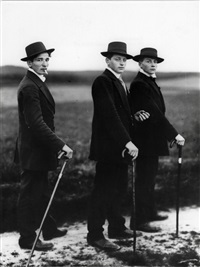
Visual
There are three suited young men walking along a rural path in this image, these men are the main focal point of the image. They are looking directly at the camera however, their bodies are turned away from the camera. All three men have neutral expressions and natural body language. We could imply from this image that the men are Upper Class due to there expensive style and suits which was normalized for upper class people to wear in 1914. This image also suggests that the men are off to go somewhere as it looks like this photo was captured mid stride. This image is in black and white which conveys a feeling of seriousness which applies well to this image and adds a contrast of light and dark to the the main subject (the men and there suits) and the background.
Technical
This photo was taken outside meaning that the lighting is natural. The lighting is position from above, most likely from the sun.
This portrait is framed so that the men are the main subject making the background irrelevant. In addition to the background being irrelevant, it is also blurred showing it is not as important as the men. Due to the blurry background we can tell that Sander used a shallow depth of field caused by a large aperture and focal length of the lens. This image was taken with a large format glass plate camera and was also mounted on a tripod.
Contextual
This photo was captured my August Sander in 1914, forming part of a series on rural people residing in the low mountain region of Westerwald. This was taken shortly before he joined the medical corps at the outbreak of the first world war. One of the most interesting things about this image is that the men being a higher status is just an illusion. The fashionable clothing and posture created the illusion of 3 upper class men, when in reality one worked in an iron ore mine whilst the other worked in the mines office. This image tells us how reality can be mis-leaded by a formal appearance.

